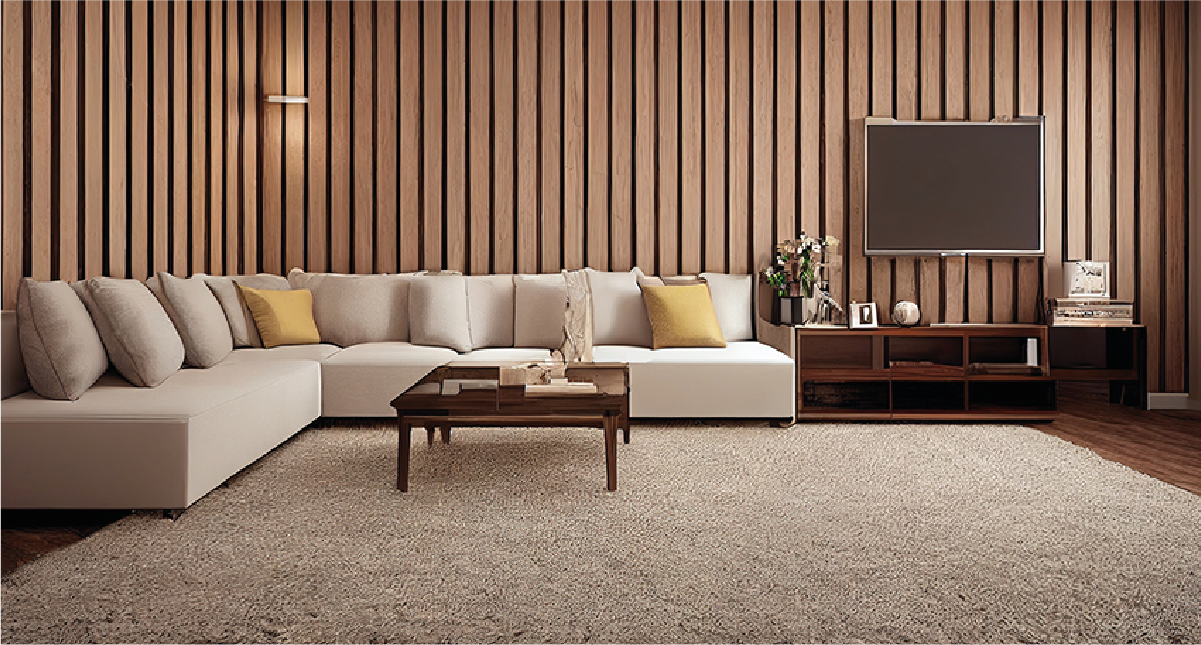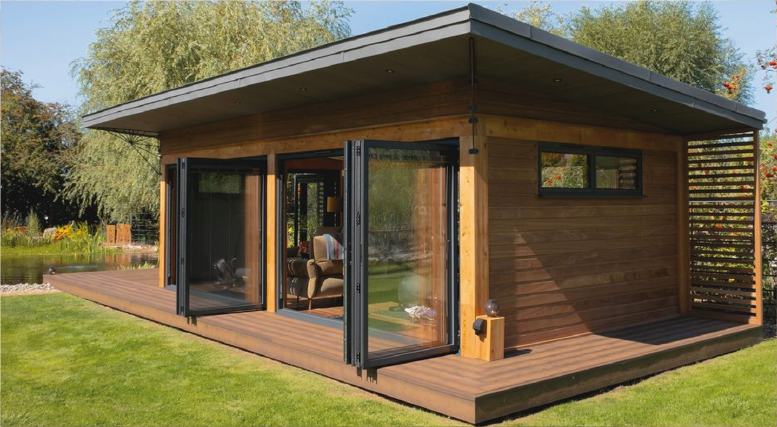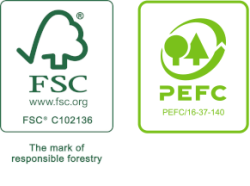What is a good alternative to Oak?
If you are looking to explore some great alternatives to Oak, here are our top 5 hardwood options and why they might be more suitable for your project.

1. American Ash
Ash is an abundant timber growing in vast forests in North America so as a very stable durable hardwood it is also very affordable. It is almost half the price of European Oak. Ash grows quicker than oak and reaches very tall and very wide sizes and so it is available in great thicknesses, widths and lengths kiln dried. You can get Ash boards up to 300mm wide where this can be difficult to find in Oak. Ash is lighter in colour and can be a little less overpowering for modern internal joinery. It is also a blank canvas for accessorising with other colours and textures so it’s perfect for complimenting both bold and minimal interior décor choices. Ash is a great neutral timber with a beautiful grain pattern which is great for staining or oiling. The grain comes through the colour consistently and doesn’t conflict with different shades.

Ash is great for furniture-making especially building tables because you can easily get thick table legs whole without joining pieces together. The oak alternative could be very expensive. As much as characterful timber is beautiful with its natural quirks, sometimes knots and holes in your timber can be unworkable for your projects. Ash is well known for being clearer of knots and character without having to ensure you buy a prime grade. This can make ash a predictable and dependable timber to achieve a consistent finish without forking out on higher grades.
2. Iroko
Iroko is not widely known as a common mainstream timber. Grown in the dense jungles of west Africa, this timber packs a real exotic punch. It is very naturally oily and grows in moist climates which makes it superbly resilient to exterior use especially in the UK where timber can be prone to rotting. Iroko is often referred to as a ‘poor mans teak’ and this is reflective in its price but by no means lacking in its durability.

Its strength and resistance to water makes it a great option for boat building as well as decking, cladding and outdoor furniture. Despite the grain being course and dense like European Oak it is fairly straight grained and has few if any knots. Despite having a longer external lifespan than Oak it is surprisingly almost half the price and a great deal less expensive than a prime Oak.
3. Idigbo
Idigbo is another west African timber that isn’t so well known. Rarely used in furniture, it hasn’t quite made it onto the list of household woods. This timber is one not to be underestimated. Idigbo is very lightweight yet strong and it can take a paint coat brilliantly due to its fine grain texture.

This makes it a very good option for window and door frames. Its also a straight grained product with little knots and character which makes it very workable for architectural joinery which needs to function in thin profile sizes.
4. Sapele
Sapele is not a bit like Oak in appearance and is a bronze mahogany like reddish brown. The reason why it’s made it onto this list as a viable option is because sometimes you just need a strong stable hardwood for renovating interior and exterior joinery. Sapele is a very cost effective option with no real functional drawbacks.

Sapele is externally rated due to its oil content, strong, durable, clear of character and abundantly available as a stable kiln dried timber. Whether its indoors or outdoors this wood is very compatible with most projects and at half the price of Oak it makes repairs and replacements better than your budget.
5. Beech
If you can appreciate the mild understated tones of Beech with its orangey pink colour and straight grain, it’s a great option for interior joinery. It is one of the most modestly priced hardwoods available. What it is not good for is outdoor use as it will rot very quickly.

What it is great for is its strength and density in small sculptural detail making it ideal for engineering components and toy making. It is also superior for cookware as its natural chemistry makes it food safe without treating with oils or coatings.



